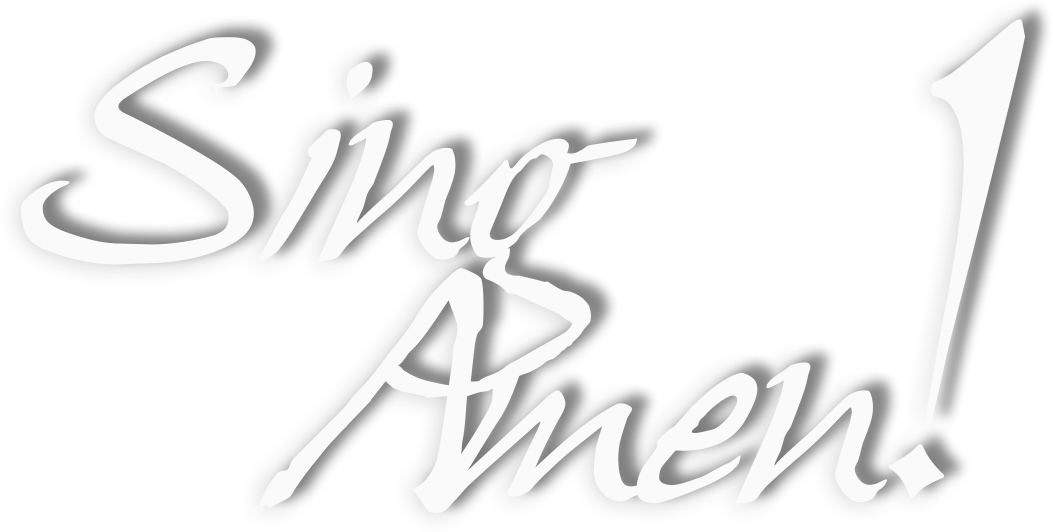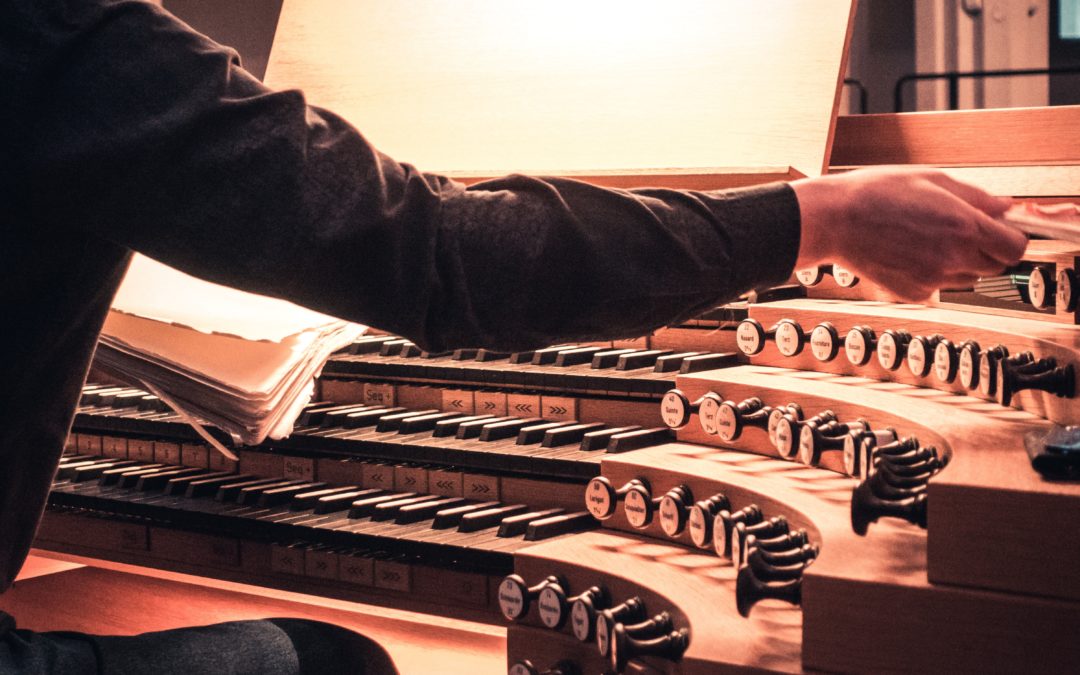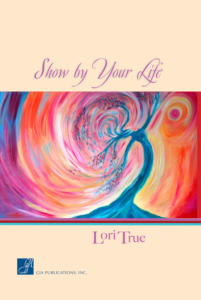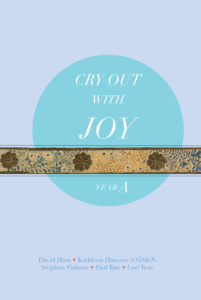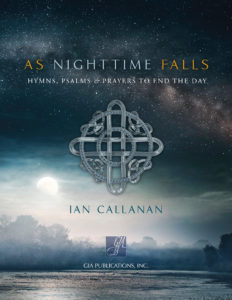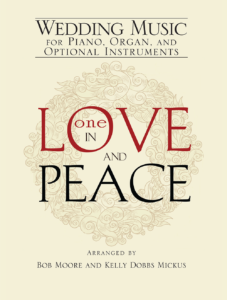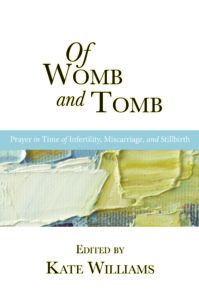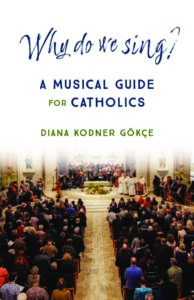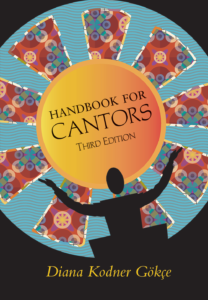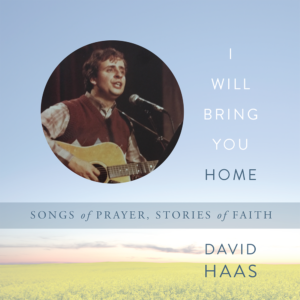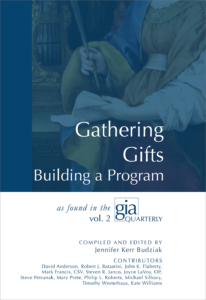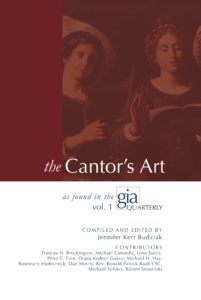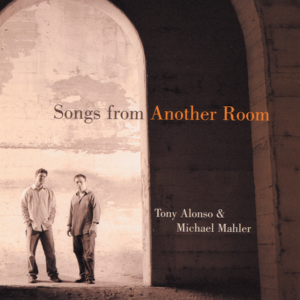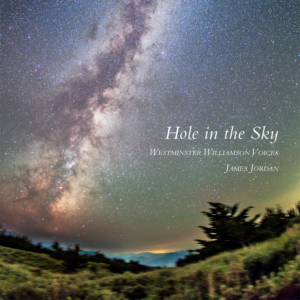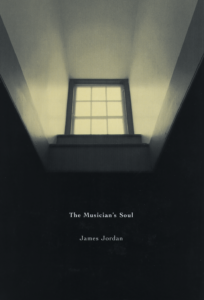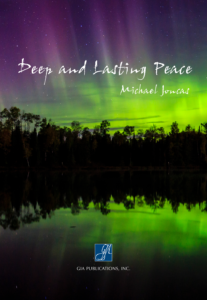Welcome to my first edition of Keyboard to Keyboard! This article appeared in the GIA Quarterly, Volume 30, No 4. The beauty of a blog is that I can add links to the information included in that print article, and give you a bit more information. I am very excited and honored to be sharing my love of the organ with you, and I hope that you are inspired to jump in with both feet (or, if you don’t want to use your feet, just jump in anyway).
As a child I wanted to fly airplanes. (I also thought I wanted to jump out of them.) Then I discovered the organ and transferred my fascination with gadgets, knobs, buttons, lights, power, out-of-body excitement and massive sounds to a safer yet just as demanding career. As the daughter of a Presbyterian minister and as an organist, I’ve spent most of my life in churches. When I was ten years old the organist at my father’s church asked me to turn pages for her, knowing that I was taking piano lessons. Seeing my rapt attention, she offered to teach me for free (she was finishing an undergraduate degree in organ at Northern Illinois University and wanted a student…here’s a shout-out to Norma Washburn Kentner). Since then my love for the instrument and its repertoire has grown and deepened, and it is my hope to encourage others to discover for themselves what fun, satisfaction and downright excitement can be had by playing the organ. My focus is to help pianists who play in any church or synagogue where they are occasionally expected to play the organ and have not had any formal training on the instrument, pianists who have already taken some organ lessons and would like to find more resources, or anyone who has keyboard proficiency and would like to work on their service-playing and church-repertoire skills at the organ.
What’s stopping you?
Thinking back to my first organ lessons, I am remembering what was fascinating and what was intimidating. The array of pipes in varying shapes and materials in the chancel of my dad’s church was the first draw, even before I had seen a historic, large organ…also those wooden shades that opened and closed. Why did they do that? I wasn’t very attentive to my dad’s sermons (he knew that!) but instead was paying attention to the organ, the graded choirs, the choir directors and the organist.
What was intimidating to me was learning what the stop tabs were and how to use them, as well as what to do with my feet. I do remember that the first question I asked my teacher was how the pedals were arranged. It didn’t occur to me that they would be in the same order as the black and white keys of the piano—they were so big (to my ten-year-old eyes). I was afraid it was a completely different order of pitches. Believe me, I was very relieved.
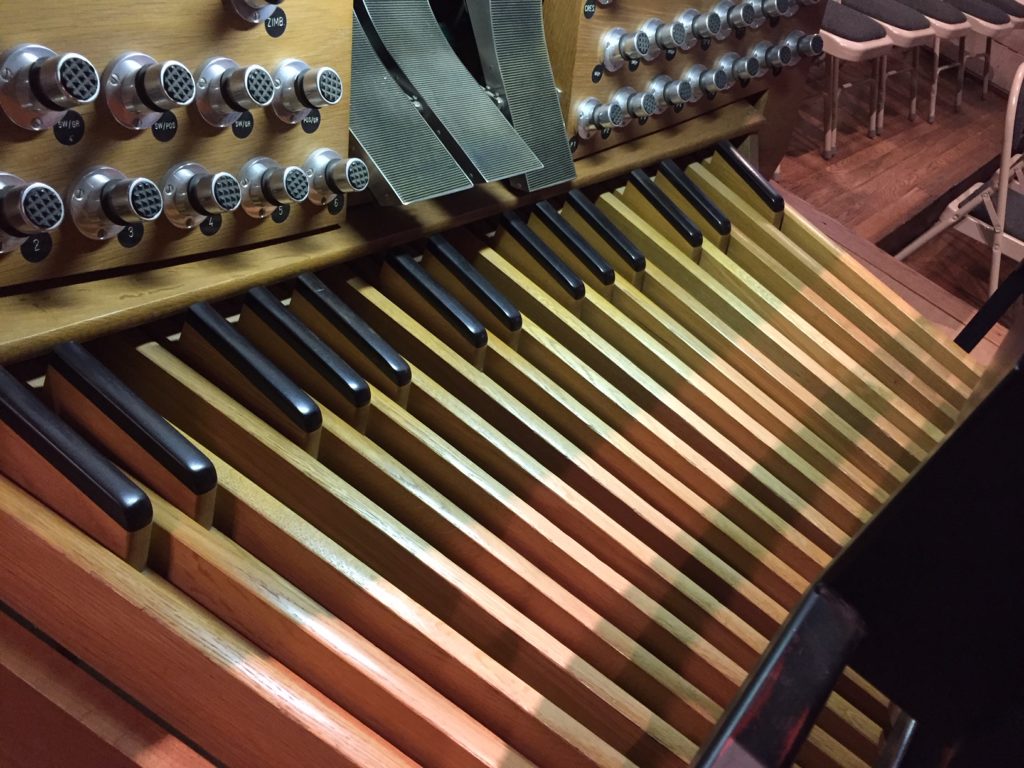
Having a teacher meant that learning the stops and how to use them wasn’t an issue, because she drew them for me. Such help is not available to the pianist without a teacher who wants to experiment and play occasionally, and it’s the question most people ask me first. What do I do with the stops? So, is that what’s stopping you? If so, there’s a lot of help out there.
Thankfully, much newly-published organ music has registration suggestions for each piece, which is helpful. The names and spelling of the stops may vary from organ to organ, but one can google the stop name to look for alternatives, explanations and even sound examples. For example, flutes on the organ can be called Rohrflote, Harmonic Flute, Bourdon, Gedeckt, etc.
Where to look for help, both in print and online
GIA is publishing a book on the organ from past Quarterly issues, edited by Jennifer Kerr Budziak, available in the summer of 2019. The Organist’s Craft contains articles on organ-playing and registration from a variety of authors. There are also books and online articles on organ construction and registration available from a variety of sources.
Easily-accessed videos make such learning and knowledge accessible to those who have internet access. These two resources combined can empower a curious and dedicated person with the techniques necessary to develop their abilities at the organ.
The American Guild of Organists has a wealth of information online. Lessons for the New Organist can be found on their YouTube channel. There are thirty videos intended to assist pianists in learning to play the organ, starting from A Pianist’s First Steps in Transitioning to the Organ through the topics that concern all of us as organists, such as organ stops and design, technique, pedaling, and other subjects. The length of the videos ranges from less than five minutes to fifteen. Also at that site are many other videos of masterclasses and performances that the AGO has posted for all enthusiasts of the organ to view. Take a look!
In addition to the AGO videos, numerous instructional videos are available on YouTube, so start by searching for “organ registration.” Here’s one from Dublin, Ireland.
Most organists are delighted to give tours and basic information to anyone who expresses interest. Contact an organist nearby and ask for a tour or demo. Those of us who have spent our lives loving this instrument are happy to share our knowledge with you, and offer the occasional lesson if you want it, to help ensure that our craft continues into the future.
Get started!
Two Spirituals for Keyboard (G-6239) arr. Richard Proulx.
These arrangements are moderately easy, and suitable for preludes or interludes. Here are my registration suggestions: In Christ There Is No East or West: Swell: Flute 8 and Gambe 8, Swell to Great; Great: Any of the 8’ principal, flute or string sounds combined, your preference.Begin on the Swell, at the “Slower,” take off the Flute and add the Celeste. At the mf take off the celeste, add any Principal or Flute sound on the Swell and move to the Great. Over My Head: Swell: Principal 8, 4, 2, Oboe 8’, Swell to Great; Great: Principal 8, 4, 2. Play the Forte sections on the Great, At the mp section, play on the Swell, using the Swell pedal to adjust the volume, and playing the mf phrases on the Great, first moving the left hand, later moving the right hand. Add the Mixture to the Great for the D.S. Experiment a little, and trust your judgment.
Available for free download from GIA is one of my favorite go-to pieces when I want something fun, flashy, and not too difficult. The Jig Fugue is a short piece (about four minutes) by Dietrich Buxtehude (1637/39-1707), a Danish-German organist of the Baroque period who was a strong influence on the young J.S. Bach. I use it most often as a postlude, or for a wedding postlude if the recessional isn’t long enough. I have done an arrangement of the fugue, which has minimal pedal (DOWNLOAD HERE), as well as for keyboard alone, which can be played convincingly either on an organ or a piano: (DOWNLOAD HERE). In a few weeks I will give some more extensive comments on how to learn, register and play the fugue, in hopes that you will enjoy playing it as much as I do.
Don’t let anything stop you!
